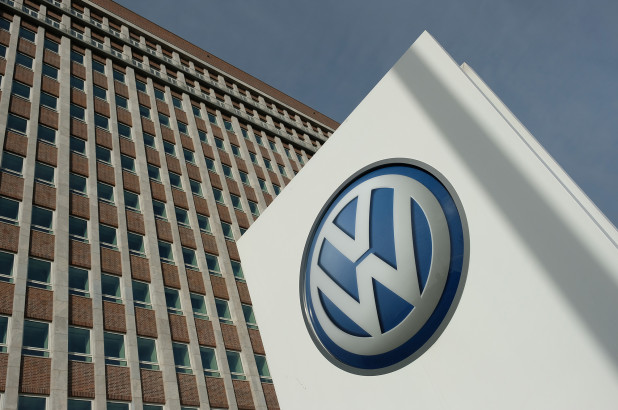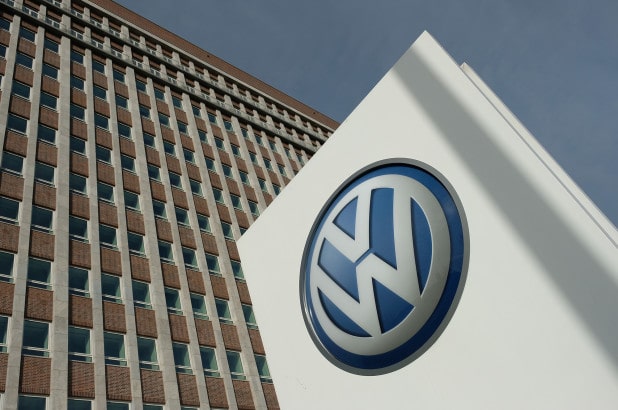Who doesn’t want to have a fancy lavish car and ride it all around the city? Even a 5-year-old kid drools over the cover page of his favourite car magazine and dreams of having one of those someday. And one such company that has made people go crazy with its classic designs and impressive capabilities is none other than Volkswagen.
Volkswagen is a huge German based automobile industry founded on 28th May 1937 by the German Labour Front. The company has its headquarters in Wolfsburg, Germany and currently Dr Herbert Diess is the chairman of the Board of Management of the Volkswagen Passenger Cars brand. Volkswagen is the German meaning for “people’s car”.
Volkswagen: A Walk Down to the Historic Lane
The Early Phase
During Hitler’s reign, especially in the 1930s, Hitler put forward ideas and scheme, so that every German could drive their own car. Under one of those schemes, the German Labour Front started making various prototypes of such cars (“KdF-Wagen”), and Volkswagen was one of them. The company was first established in the name of “Gesellschaft zur Vorbereitung des Deutschen Volkswagens mbH” in 1937 and was renamed as “Volkswagenwerk GmbH” on 16th September 1938.

The vehicles that were produced in the plant, during early 1938, were designed by Ferdinand Porsche. In May 1938, a new plant was built in Wolfsburg, which shortly after manufacturing a handful of cars, started making military vehicles due to the war (Second World War). A lot of prisoners were forced to work at the plant during the war, which included prisoners even from concentration camps. This led to the filing of a lawsuit against the company in 1998 for compensation for the forced labours. So, in September 1998, a fund was built by Volkswagen AG to reimburse the compelled workers.
During the period of post-war, in June 1945, the charge of the company was handed over to the British Military Government, where Major Ivan Hirst took the responsibility of management. He was the prime person behind the existence of the company post-war, followed by mass production of Volkswagen Beetle. Not a single person expected the company to stand on its own, especially after the factory was bombed and captured by Americans.
In 1948 Heinrich Nordhoff was recruited to run the plant, and in 1949, Hirst left the company. After Type 1 (“Beetle” sedan), the production of Type 2 started in 8th March 1950. Soon, there was an increasing demand for “VW Bully” (The Volkswagen Bus), and in 1956 a separate manufacturing unit was built in Hanover for the production of the Transporter.
The Intermediate Phase
In 1961, the company introduced 4 new Type 3 models, and in 1969, Type 4 models were introduced. The latter came with much-modified technology, which included automatic transmission, electronic fuel injection, sturdier power plant and many more. On February 1972, Volkswagen broke the record of world car production, and the Beetle outweighed the popularity achieved by a model commonly known as “Tin Lizzy” by Ford. In 1973, Volkswagen Passat came into the market, followed by Volkswagen Scirocco, in 1974.
In 1974, the Volkswagen Golf was introduced, which set a legendary mark as a turning point of the future of Volkswagen. It was followed by Volkswagen Polo, in 1975, and since then, the company gave some serious competition in the automotive industry.
In June 1983, the company started producing the second generation of Volkswagen Golf, and it was the first time robots were placed in the manufacturing of vehicles. In the next decade, the world witnessed the second generation of Passat, Scirocco and Polo, which increased the production of the company on a very large scale.
In 1994, Concept One was launched, which had a retro theme and was a blend of Polo and Beetle. In 1999, the company hit another major success when they introduced Lupo 3L TDI in the market. This car consumed only 3 litres of fuel per 100 kilometres, and hence, became the world’s most efficient car.
The Modern Phase
After Bernd Pischetsrieder became the CEO of Volkswagen Group, many new models were introduced. In 2002, the production of Touareg, a luxury car marked a totally different segment of the company in the market. In 2003, the fifth generation of golf was launched, and since then, a lot of modified version of existing models were produced with an excellent change in design engineering.
In 2018, Volkswagen announced that they would stop the production of Beetle by 2019, the car that brought dynamic changes to the fate of this company. The company said that it would like to grow to keep the same pace with modern technologies, and hence, would introduce electric cars in future.
In 2019, they also announced to launch a Jetta sub-brand in association with FAW Group Corporation. Currently, China is responsible for the company’s 40% sales and is the biggest market for Volkswagen.
Awards: A Few From the Ample
• Volkswagen was awarded European Car of the Year award thrice till date.
• It has been awarded five times in the United States Motor Trend Car of the Year award.
• The Volkswagen Type 1 Beetle was named as the fourth most influential car in the 20th century.
• It has been awarded four times with the World Car of the Year Award.
When companies rejected to take over the plant during the post-war period, the company rebuilt itself and surpassed all the efficient ones. Thus, from collapsing into the grounds to making all the way to the top, Volkswagen is indeed a story of real success the world has ever witnessed.

Annasha Dey is an NIT student, who apart from studying engineering is also a content writer. She has a great interest in photography, writing, reading novels, and travelling as well. She is a foodie who loves socializing and hanging out with her friends. She is also a trained Kathak dancer and a big fashion enthusiast. Dey also loves watching TV series, which includes F.R.I.E.N.D.S. and Big Bang Theory. To be a better writer she prefers to read more
